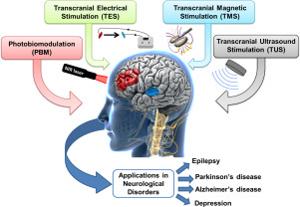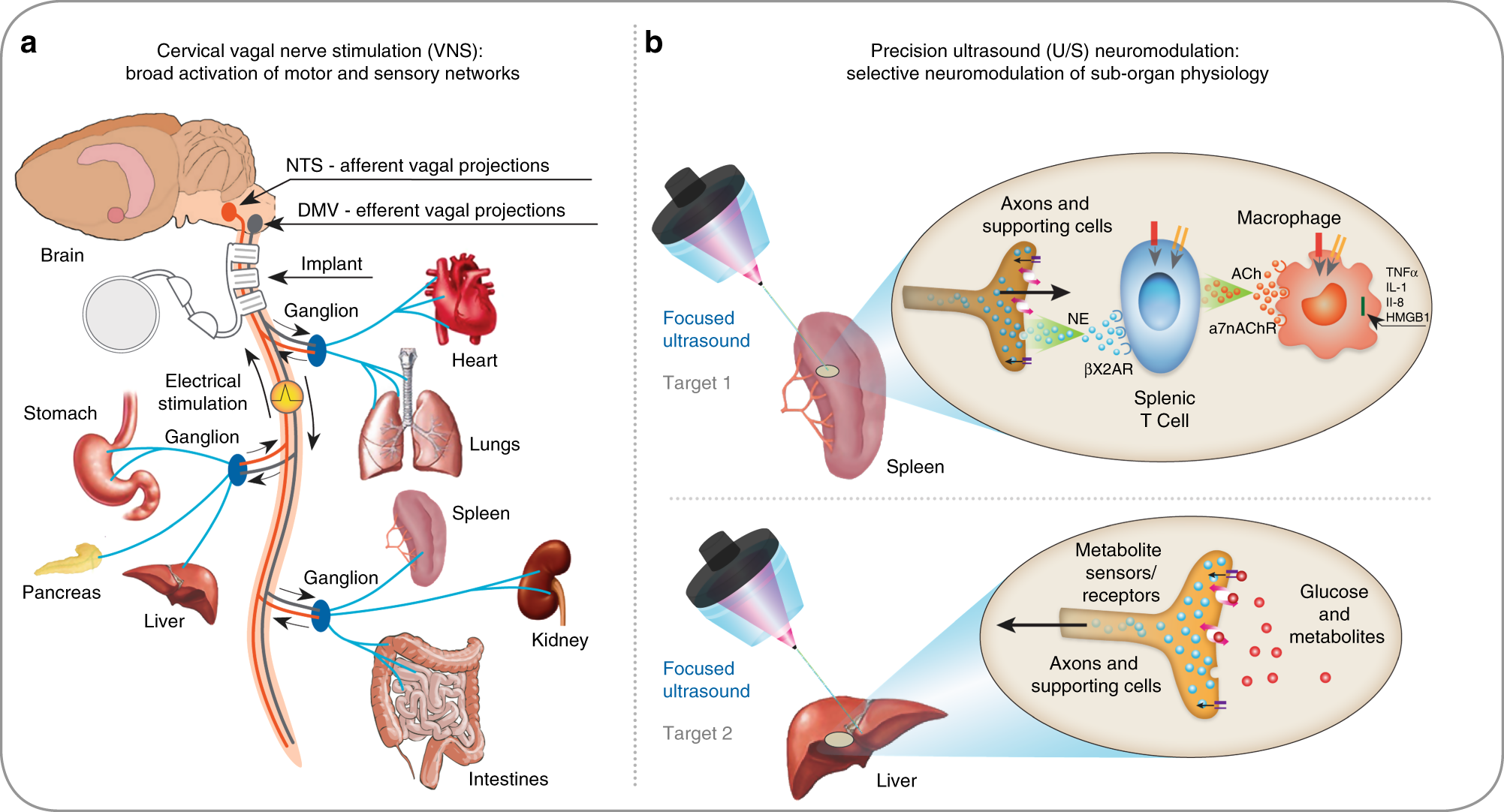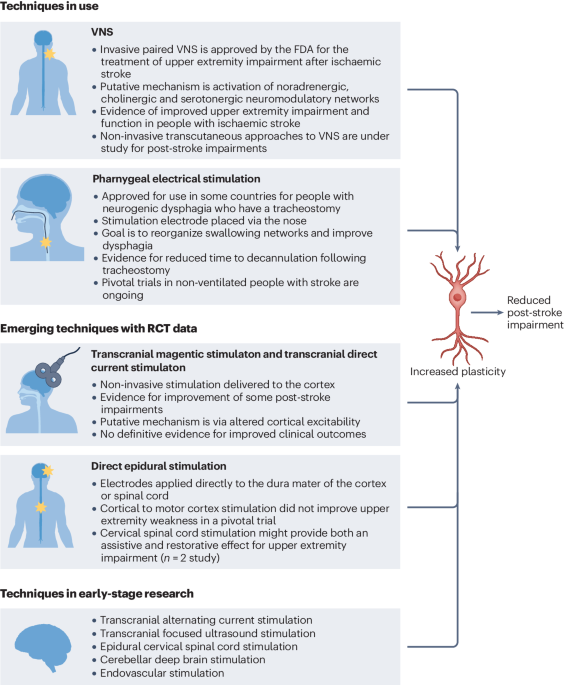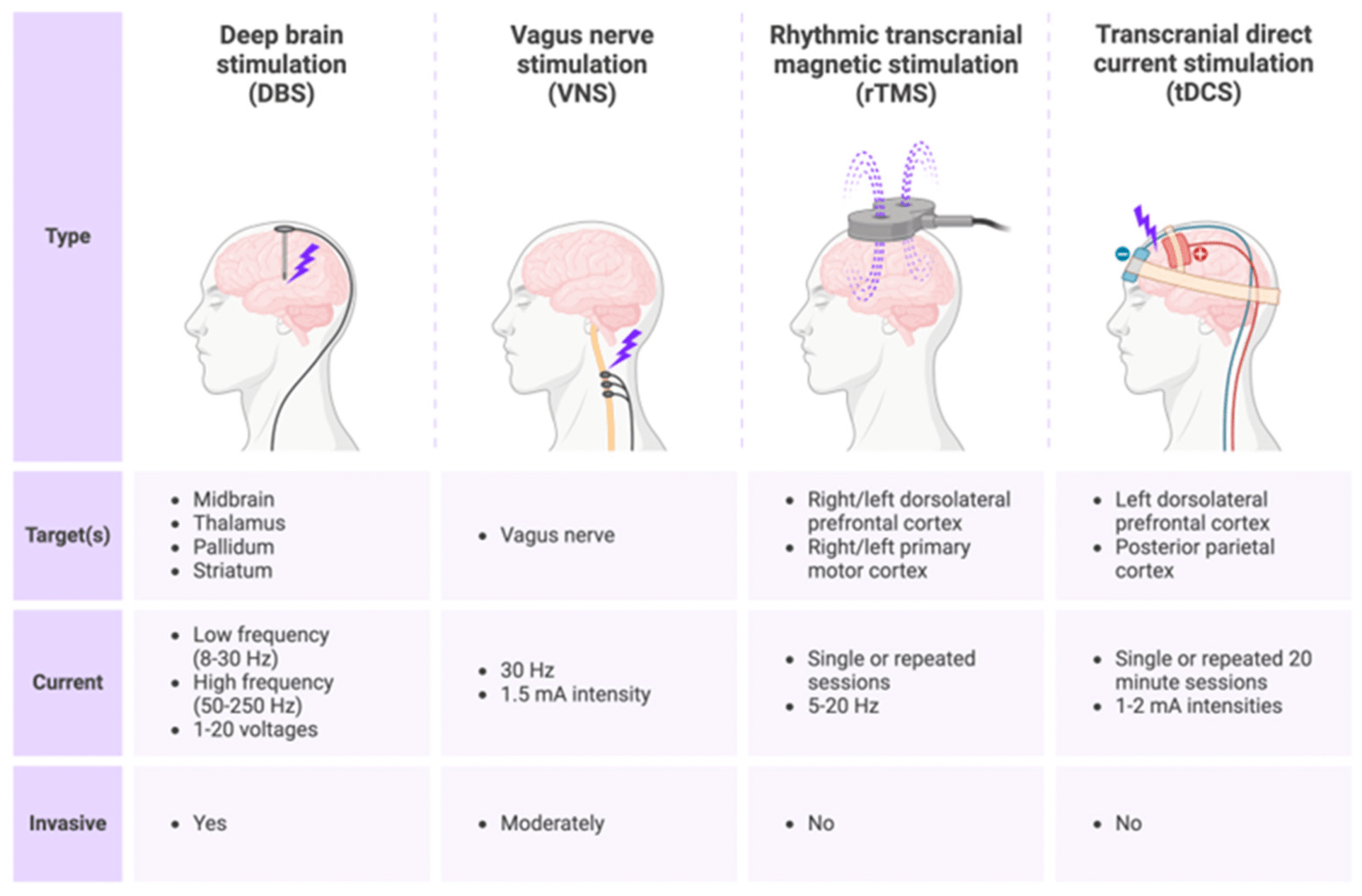Non-Invasive Neurostim Side Effects: What to Expect
NeuroTechInsider.com is your go-to hub for in-depth reviews and expert comparisons of the most advanced non-invasive sleep and neurostimulation devices on the market. If you’re navigating your options for brain wellness, it’s essential to understand the side effects of non-invasive neurostimulation—a growing field that includes devices like Apollo Neuro, NeuroVIZR, Audicin, and others.
Whether you’re managing insomnia, burnout, anxiety, ADHD, or chronic fatigue, wearable neurostim devices promise mood regulation and cognitive support without medication. But how safe are these tools really? Let’s break it down, clearly and honestly.

Understanding Non-Invasive Neurostimulation
Non-invasive neurostimulation refers to technologies that interact with your brain or nervous system without requiring surgery or implants. Instead, they use external stimulation—electrical, magnetic, or sonic—to nudge your neurons into healthier patterns.
- TMS (Transcranial Magnetic Stimulation): Uses magnetic fields to stimulate targeted brain areas.
- tDCS (Transcranial Direct Current Stimulation): Sends a mild electric current between electrodes placed on the scalp.
- taVNS (Transcutaneous Auricular Vagus Nerve Stimulation): Stimulates the vagus nerve through the ear using low-frequency pulses.
Each method has unique use cases—from boosting focus and reducing anxiety to improving sleep and aiding depression recovery. But each also comes with its own set of potential side effects.

“Most side effects of non-invasive neurostimulation are mild and temporary when used correctly under professional guidance.”
— Nature Communications, 2019
Common Side Effects You Might Experience
Let’s talk reality—not scare tactics. While these devices are largely safe, you may notice some reactions, especially early in use or if intensity levels are too high. The good news? They’re usually short-lived.
1. Skin Irritation and Redness
This happens most frequently with tDCS and taVNS because of the direct contact with electrodes. You might see:
- Mild redness or swelling where electrodes touch the skin
- Slight sensitivity after prolonged use
Most users find that applying conductive gel properly and repositioning electrodes regularly helps prevent irritation.
2. Tingling, Itching, or Burning Sensations
This is extremely common with tDCS. The sensations usually appear during the first few minutes and fade as your brain acclimates to the stimulation.
“The tingling or itching under the electrodes is often the most reported sensation but tends to resolve within minutes.”
— MDPI Biosensors, 2024
3. Headaches and Scalp Discomfort
TMS users often report temporary headaches post-session, especially in the first few treatments. This is due to the rapid magnetic pulses stimulating scalp muscles. These headaches usually respond well to hydration and over-the-counter pain relievers.
4. Dizziness and Lightheadedness
This can occur if you’re dehydrated, using the device on an empty stomach, or over-using it. taVNS users may experience it more due to vagus nerve sensitivity. Always start on the lowest setting and monitor your body’s response.
5. Muscle Twitching or Contractions
Minor facial or neck muscle contractions may be observed in TMS or taVNS sessions. These spasms are brief and harmless but can be disorienting. They usually resolve with proper coil or electrode placement adjustments.

How Do Side Effects Vary by Modality?
Each device type interacts with the body differently, meaning the type and frequency of side effects also vary. Here’s a quick breakdown:
- TMS: More likely to cause scalp discomfort, twitching, and headache.
- tDCS: Tingling, burning, and skin redness are common.
- taVNS: Dizziness, ear pain, and skin sensitivity may occur.
Still deciding which one might work best for you? Our non-invasive neurostim comparison guide lays it all out in a side-by-side table.
What Increases Your Risk?
These devices are generally safe, but your unique biology and habits matter. Risks may increase if you:
- Have a neurological disorder (like epilepsy)
- Use the device without supervision or exceed recommended duration
- Have metal implants in the head (specifically for TMS)
- Are on medications that lower seizure thresholds

Safety Tips to Minimize Side Effects
Follow these to stay in the clear:
- Start slow: Use the lowest settings first.
- Hydrate: Your nervous system relies on fluid balance.
- Follow duration guidelines: Don’t exceed session limits.
- Check electrode/coil placement: Misplacement can trigger unnecessary irritation or twitching.
- Use clinically reviewed devices: Avoid knockoffs or DIY kits. Our reviews at NeuroTechInsider only feature vetted brands.
“Treatments should be administered by trained professionals to minimize risks and ensure correct dosage and placement.”
— Nature, 2019
Clinical Research on Neurostimulation Safety
Before jumping into any kind of brain-altering technology, you deserve to know: what does science say? The good news is, there’s a growing body of research validating the safety and tolerability of non-invasive neurostimulation—especially when used responsibly and according to guidelines.
Let’s take a quick look at what clinical studies are showing:
- A 2024 review in Nature Reviews Neuroscience concluded that most side effects of consumer-level neurostim wearables are mild, self-limiting, and rare.
- The NCT04431391 trial on taVNS showed no serious adverse events across 110 participants using daily stimulation for 4 weeks.
- MDPI’s 2024 biosensor study on ear-based stimulation found that fewer than 3% of users discontinued due to discomfort.
Most importantly, all these studies emphasize the same thing: **user education, appropriate dosing, and quality control** are key to safe experiences.
“It’s not the technology that’s risky—it’s how it’s used. Consumer-grade neurostim devices are generally safe, but should never be treated casually.”
— Dr. Marissa Fields, Neurotech Safety Expert
When to Seek Medical Help
While rare, some side effects should prompt you to consult a doctor or halt use:
- Persistent headaches lasting more than 24 hours
- Fainting or loss of consciousness
- Sudden emotional swings (especially if you have a history of bipolar disorder)
- Seizure-like activity or muscle spasms that escalate
In general, if a side effect makes you uneasy—pause. There’s no shame in listening to your body. You can also report issues to the FDA’s MedWatch portal or consult a licensed neurologist for further guidance.
Conclusion: Staying Safe with Neurostim Therapy
Here’s the truth: non-invasive neurostimulation works—for many people, it’s life-changing. But like any tool designed to influence the brain, it requires awareness and responsibility.
Whether you’re exploring TMS for depression, tDCS for cognitive focus, or taVNS for anxiety and stress, the key to a good outcome is this:
- Start low and go slow
- Use devices that are clinically reviewed and FDA-cleared when possible
- Monitor your body’s response and don’t ignore red flags
At NeuroTechInsider.com, we’re committed to helping you navigate this new frontier with clarity, research-backed insights, and no fluff. We’re not here to hype gadgets—we’re here to help you make decisions that improve your life.
Explore our full library of neurotech reviews, buyer guides, and head-to-head device breakdowns in the Neurostimulation Hub.
FAQs: Non-Invasive Neurostim Side Effects
Is non-invasive neurostimulation safe for daily use?
Yes—when used according to the manufacturer’s guidelines and intensity limits. Most consumer-grade devices recommend daily use for 15–30 minutes, depending on your goals.
⚠️ Can I have a seizure from using a neurostim device?
While seizures are extremely rare (<0.1%), individuals with a history of epilepsy or those taking medications that lower seizure threshold should consult a physician before using TMS or tDCS devices.
How do I know if my neurostim device is too strong?
If you experience sustained dizziness, prolonged headaches, or muscle twitching that doesn’t subside after a session, your intensity settings may be too high. Scale back and consult your manual or device app settings.
Do I need a prescription to use TMS or tDCS?
Clinical-grade TMS typically requires a prescription and is administered by professionals. However, consumer-grade tDCS and taVNS devices are sold over-the-counter in many countries but should still be used cautiously.
What are the benefits that outweigh the risks?
Improved sleep, reduced anxiety, sharper focus, and better mood regulation are among the top benefits users report—especially when neurostimulation is part of a holistic health strategy.
Want more content like this? Subscribe to the NeuroTech Insider Weekly for science-based breakdowns, real user stories, and exclusive reviews of the latest brain tech.
